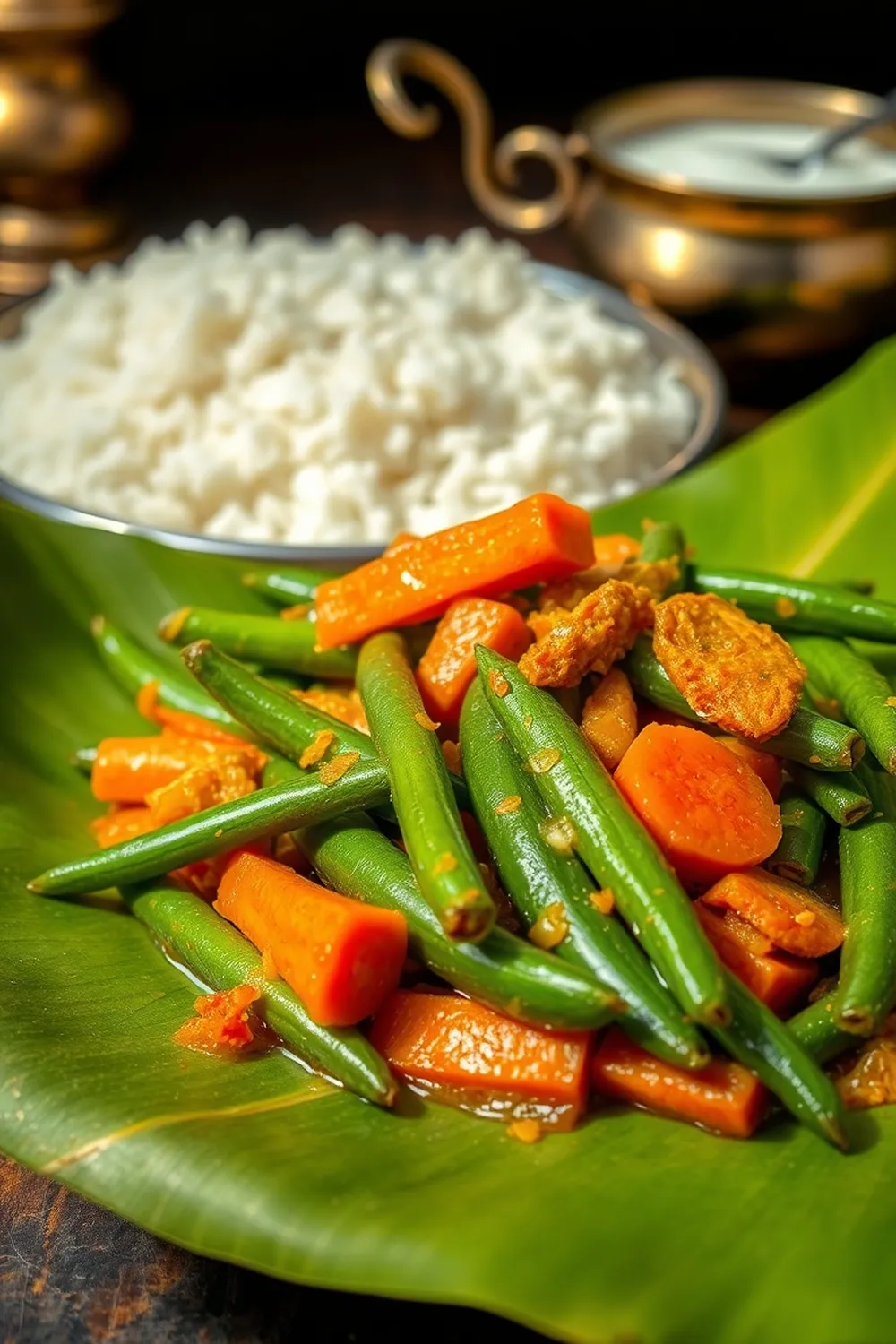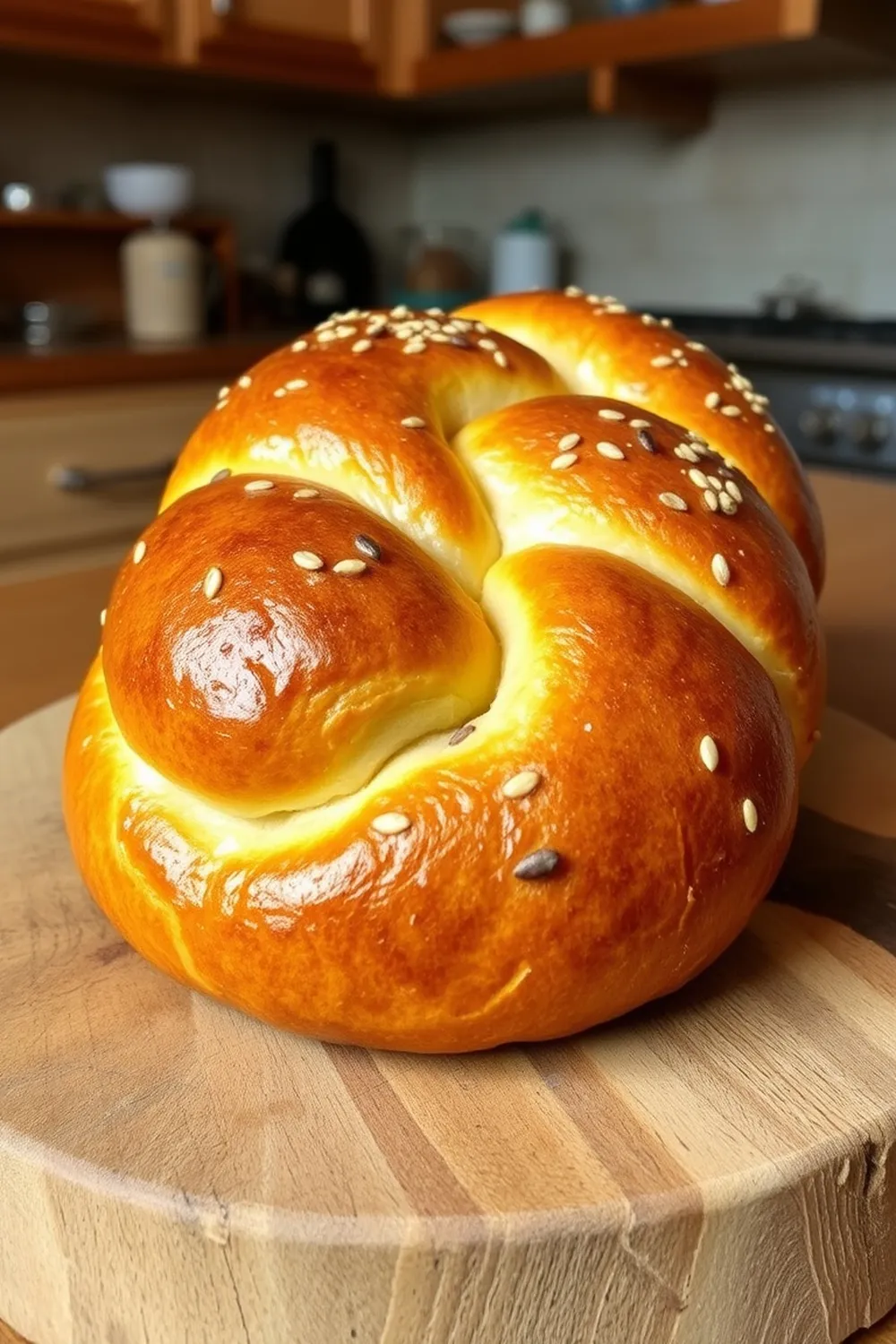- In a large bowl, combine wheat flour, salt, and oil. Mix well.
- Gradually add water and knead into a smooth, soft dough for 5-7 minutes. Let it rest for at least 20 minutes.
- Pinch a lemon-sized portion of dough, dust with flour, and roll into a medium-thick circle.
- Sprinkle ghee, cumin, dried mint (pudina), chili powder, and salt evenly over the rolled dough.
- Fold the dough into a triangle, pressing gently to seal the spices inside.
- Dust with flour and gently roll into a triangular paratha.
- Cook on a hot tawa (griddle) for 1-2 minutes per side. Flip and apply ghee, pressing lightly until golden brown and crisp.
- Serve hot with raita or pickle.
- Calories:120 kcal25%
- Energy:502 kJ22%
- Protein:3 g28%
- Carbohydrates:18 mg40%
- Sugar:mg8%
- Salt:150 g25%
- Fat:5 g20%
Last Updated on 4 months by Neha Deshmukh
Spiced Pudina Paratha Recipe – Easy Wheat Flour Flatbread
Hey everyone! If you’re anything like me, you love a good paratha. There’s just something so comforting about a warm, flaky flatbread, especially when it’s packed with flavour. This Spiced Pudina Paratha is a family favourite – it’s quick to make, smells incredible, and is seriously addictive. I first made this when I was trying to use up some dried pudina I’d brought back from a trip to Rajasthan, and it’s been a regular on our breakfast (and sometimes dinner!) table ever since. Let’s get cooking!
Why You’ll Love This Recipe
This Pudina Paratha isn’t just delicious; it’s also wonderfully versatile. It’s a fantastic way to add a little spice and freshness to your meal. Plus, it’s a great way to use up ingredients you likely already have in your pantry. It’s perfect for a quick weeknight dinner, a weekend brunch, or even a festive celebration. You’ll love how easy it is to make these flaky, flavourful parathas!
Ingredients
Here’s what you’ll need to make approximately 10 parathas:
- 2 cups wheat flour (atta) – about 240g
- ?? tsp salt (around 1/2 tsp, adjust to taste)
- 2 tbsp oil – any neutral oil like sunflower or vegetable
- As required water – approximately ¾ cup (180ml), or as needed to form a dough
- As needed ghee – for cooking and brushing (about 2-3 tbsp)
- As needed cumin – about 1 tsp, powdered or seeds
- As needed dried pudina (mint) – about 1-2 tbsp, crushed
- As needed Kashmiri chilli powder – about 1-2 tsp (adjust for spice preference)
Ingredient Notes
Let’s talk ingredients! Getting these right will really elevate your paratha game.
Wheat Flour: Choosing the Right Type
Atta, or whole wheat flour, is the traditional choice for parathas. It gives them a lovely texture and nutty flavour. You can find it at most Indian grocery stores, and increasingly in larger supermarkets too. If you can’t find atta, you can use chapati flour as a substitute.
Ghee: The Importance of Clarified Butter in Indian Cooking
Ghee is key to that authentic paratha flavour and flaky texture. It has a beautiful nutty aroma and a higher smoke point than regular butter, which means it won’t burn as easily. If you’re new to ghee, it’s clarified butter – you can find it pre-made, or easily make your own at home!
Kashmiri Chilli Powder: Flavor and Color Profile
Kashmiri chilli powder isn’t about heat; it’s about colour and a mild, fruity flavour. It gives the parathas a gorgeous red hue without making them fiery. If you don’t have Kashmiri chilli powder, you can use regular chilli powder, but use it sparingly!
Dried Pudina (Mint): Regional Variations and Substitutions
Dried pudina has a wonderfully concentrated mint flavour. It’s a staple in many Indian kitchens. If you can’t find dried pudina, you can use fresh mint – just use about 3-4 tablespoons of finely chopped fresh mint instead. The flavour will be a little different, but still delicious.
Cumin: Fresh vs. Ground – Which to Use?
You can use either ground cumin or cumin seeds. If using seeds, lightly crush them before adding to the dough for better flavour release. I personally prefer the aroma of freshly crushed cumin seeds, but ground cumin works perfectly well when you’re short on time.
Step-By-Step Instructions
Alright, let’s get down to making these parathas!
- In a large bowl, combine the wheat flour and salt. Add the oil and mix well, rubbing it into the flour until it resembles breadcrumbs.
- Gradually add water, a little at a time, and knead into a smooth, soft dough. This takes about 5 minutes of good kneading. Don’t be afraid to get your hands in there!
- Once the dough comes together, cover it and let it rest for at least 20 minutes. This allows the gluten to relax, resulting in softer parathas.
- Now for the fun part! Pinch off a ball-sized portion of dough (about the size of a golf ball). Dust your work surface with flour and roll it into a medium-thick circle – about 6-8 inches in diameter.
- Sprinkle ghee, cumin, dried pudina, chilli powder, and salt evenly over the rolled dough. Don’t be shy with the spices!
- Fold the dough into a triangle, pressing gently to seal the spices inside.
- Dust with flour again and roll it into a triangular paratha, about 4-5 inches on each side.
- Heat a hot tawa (flat griddle) over medium heat. Place the paratha on the tawa and cook for about 1 minute per side.
- Flip the paratha and apply a little ghee to both sides, pressing lightly with a spatula. Cook until golden brown and crisp – another minute or so per side.
- Serve hot!
Expert Tips
- Don’t over-knead the dough: Over-kneading can make the parathas tough.
- Resting is crucial: Seriously, don’t skip the resting time!
- Hot tawa is key: A hot tawa ensures the parathas cook evenly and get those lovely crispy spots.
- Press gently: When rolling out the paratha after folding, press gently to avoid squeezing out the spices.
Variations
- Vegan Paratha Adaptation: Simply substitute the ghee with a vegan butter or oil. Coconut oil adds a lovely flavour! My friend, Priya, swears by using avocado oil.
- Gluten-Free Paratha Adaptation (Using Alternative Flours): You can experiment with gluten-free flours like rice flour, sorghum flour, or a gluten-free atta blend. You might need to adjust the amount of water to get the right dough consistency.
- Spice Level Adjustment: Mild, Medium, and Hot: Adjust the amount of Kashmiri chilli powder to control the spice level. For a hotter paratha, add a pinch of cayenne pepper or regular chilli powder.
- Festival Adaptations: Serving During Holi or Diwali: These parathas are perfect for festive breakfasts! Serve them with a side of sweet yogurt or a colourful chutney.
Serving Suggestions
These Spiced Pudina Parathas are delicious with:
- Raita (yogurt dip)
- Pickle (mango pickle is a classic!)
- A simple dal (lentil soup)
- A cup of chai (Indian tea)
Storage Instructions
Leftover parathas can be stored in an airtight container at room temperature for up to 2 days. Reheat them on a tawa or in a dry pan to restore their crispness.
FAQs
What is the best way to knead the dough for soft parathas?
Kneading is all about technique! Use the heel of your hand to push and stretch the dough, then fold it over and repeat. Add water gradually, and don’t be afraid to use a little bit of elbow grease.
Can I make the dough ahead of time? How long will it keep?
Yes, you can! The dough can be made ahead of time and stored in the refrigerator for up to 2 days. Just bring it back to room temperature before rolling out.
What can I substitute for ghee?
You can use vegetable oil, sunflower oil, or even melted butter. However, ghee really does add a unique flavour.
How do I get the parathas crispy without burning them?
Keep the heat at medium and brush with ghee while cooking. Pressing gently with a spatula also helps to create those crispy spots.
What is the difference between pudina and mint? Can I use fresh mint?
Pudina is the Hindi word for mint. You can absolutely use fresh mint as a substitute, but you’ll need to use about 3-4 tablespoons of finely chopped fresh mint for every tablespoon of dried pudina.
Enjoy making these Spiced Pudina Parathas! I hope they bring a little bit of Indian sunshine to your kitchen. Let me know how they turn out in the comments below!










